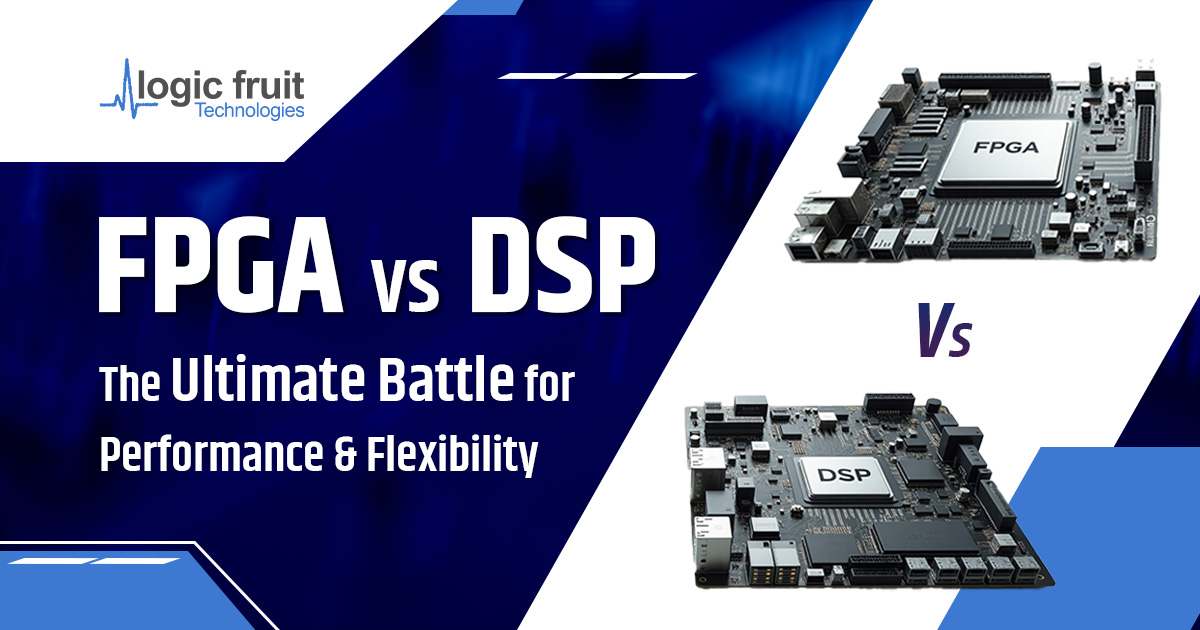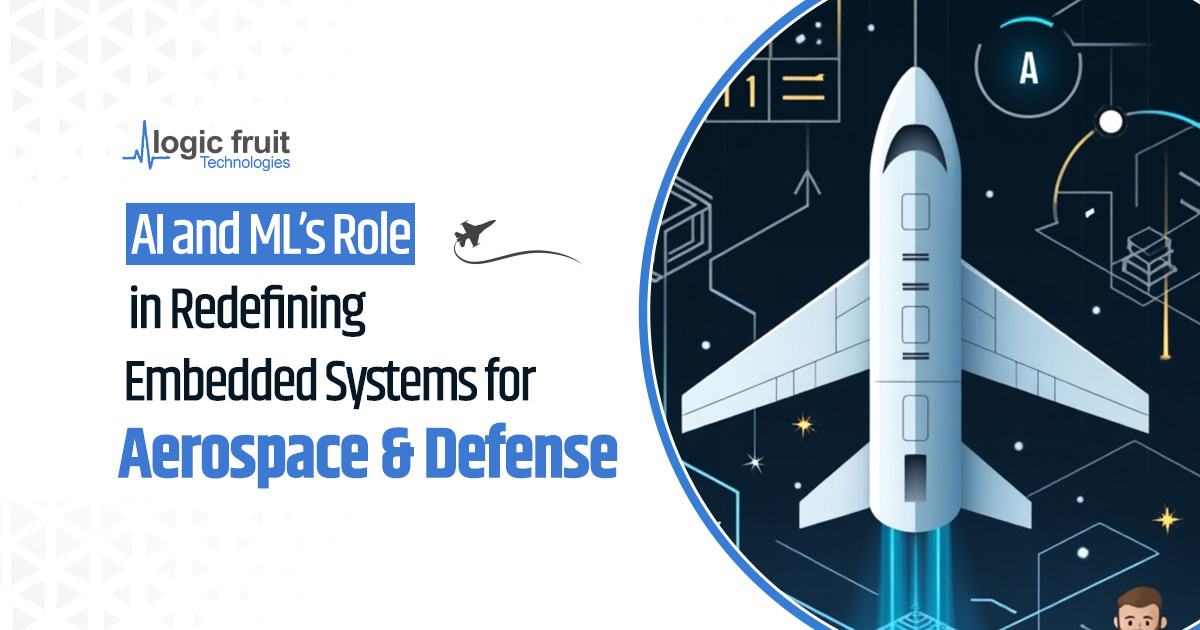FPGA vs CPU: In the rapidly evolving world of computing, the FPGA vs CPU have emerged as prime contenders in the race for processing dominance. A captivating rivalry exists between these technologies, as FPGAs offer parallel processing and adaptability while CPUs excel in general computing tasks.
We delve into the fundamental differences, applications, and performance of FPGAs vs CPUs. Together, we will explore the heated competition in FPGA vs CPU for processing power and uncover the areas where each technology excels, equipping you with the insight to make informed decisions for your projects. Get ready for an epic showdown between FPGA vs CPU computing giants!
What is an FPGA?
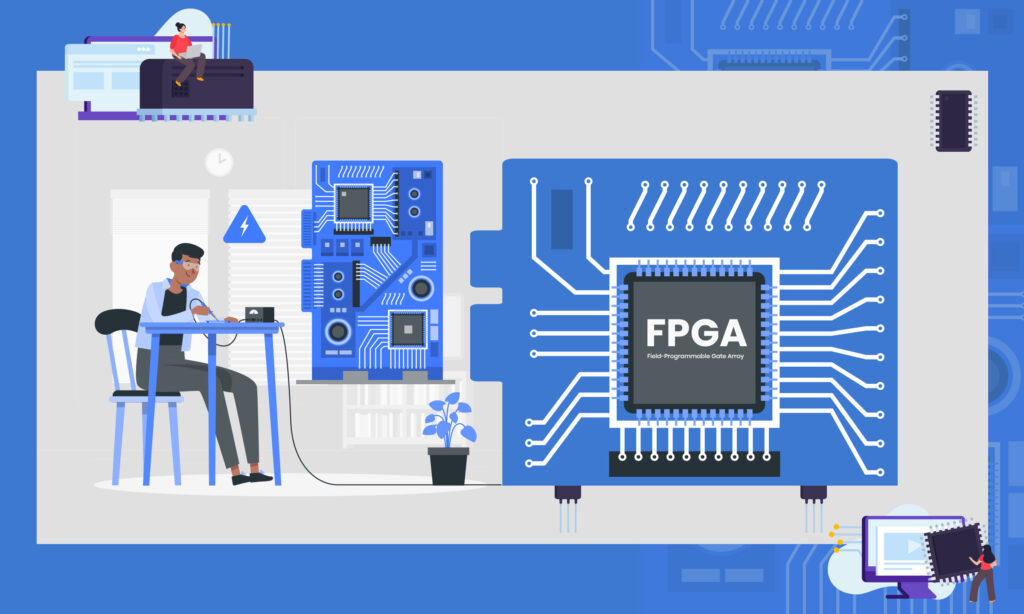
Integrated circuits that may be programmed or reprogrammed after manufacturing are known as field-programmable gate arrays or FPGAs.
It’s composed of a variety of interconnects and programmable logic blocks that can be set up to accomplish a range of digital tasks.
Often used in industries including telecommunications, automotive, aerospace, and industrial, FPGAs are employed in applications requiring speed, flexibility, and parallel processing capabilities.
A hardware description language (HDL), similar to that used for an application-specific integrated circuit (ASIC), is typically used to specify FPGA configuration.
Previously, the configuration was specified using circuit diagrams, but with the introduction of electrical design automation tools, this is becoming less common.
FPGAs play a role in embedded system development as well because they can initiate system software development concurrently with hardware, facilitate system performance simulations from the very beginning of the development process, and allow for multiple system trials and design iterations before completing the system architecture.
FPGA Architecture
There are three different sorts of modules in the typical FPGA architecture. They are Configurable Logic Blocks (CLB), Switch Matrix, and Interconnection Wires. The fundamental FPGA architecture consists of two-dimensional arrays of logic blocks that can be connected in any order by the user.
The following is a discussion of an FPGA architecture module’s functions:
- CLB (Configurable Logic Block) includes digital logic, inputs, and outputs. It implements the user logic.
- Interconnects provide direction between the logic blocks to implement the user logic.
- Depending on the logic, the switch matrix provides switching between interconnects.
- I/O Pads are used by the outside world to communicate with different applications.

The MUX (Multiplexer), D flip-flop, and LUT components of a logic block. The MUX is utilized for selection logic, the LUT implements combinational logical operations, and the D flip-flop stores the LUT’s output.
The Look Up Table-based Function Generator is the fundamental component of the FPGA. Following tests, the LUT can have 3, 4, 6, or even 8 inputs. With the installation of two function generators, adaptive LUTs now offer two outputs per single LUT.
Symmetrical arrays
The logic components, also known as CLBs, are arranged in a matrix’s rows and columns with connections established between them. This symmetrical matrix is surrounded by I/O blocks that link it to the external environment. Each CLB consists of an n-input Lookup table and two programmable flip-flops.
Row-based architecture
A row-based design consists of alternating rows of logic modules and programmable connecting tracks. The rows’ outer edges are where the input-output blocks are situated. One row can be connected to adjacent rows via vertical interconnects.
Hierarchical PLDs
The top level of this design is made up of interconnects and logic blocks arranged hierarchically. Every logic block consists of several logic modules. There are sequential and combinatorial functional aspects in every logic module.
Internal Structure of an FPGA
Logic Blocks: The logic blocks of an FPGA can be built to have features as basic as a transistor or as complex as a microprocessor. Numerous combinational and sequential logic operations can be implemented using it.
Routing: Routing in FPGAs is composed of variable-length wire segments connected by electrically programmable switches. The density of logic blocks in an FPGA is determined by the length and quantity of wire segments used for routing.
I/O blocks: Devices that can be utilized for both input and output are called input/output (I/O) blocks. Both the input and output channels employ edge-triggered D flip flips. The purpose of the I/O blocks is to provide an external user interface for the FPGA’s internal design. The FPGA has a lot of areas taken up by these cells.
Advantages of FPGA:
- Parallel Processing: FPGAs are extremely effective for activities requiring significant parallelism, such as digital signal processing, cryptography, and calculations involving neural networks. This is because they can carry out numerous operations simultaneously.
- Low Power Consumption: FPGAs are made to efficiently do particular activities, as opposed to CPUs, which are geared for general-purpose computing. This results in lower power consumption for those operations.
- Customization and Flexibility: Developers can customize hardware to meet their unique needs using FPGAs without having to create specialized ASICs (Application-Specific Integrated Circuits).
- Real-Time Processing: FPGAs excel in real-time applications including data streaming, image processing, and communication protocols where low latency and high throughput are essential.
What is a CPU?
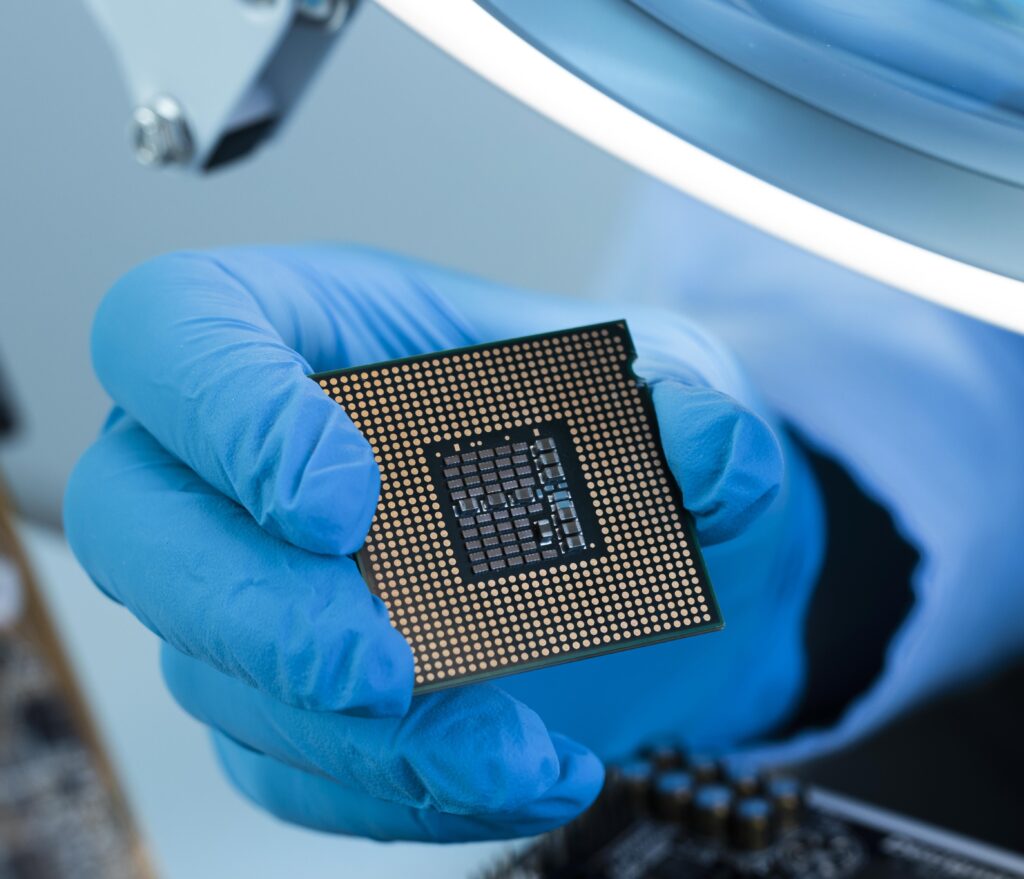
In a computer, the most significant processor is the central processing unit (CPU), sometimes known as the main processor or central processor. Its electronic circuitry carries out computer program instructions for input/output (I/O), regulating, logic, and arithmetic. In contrast to this function are external parts like main memory and I/O circuits, as well as specialized coprocessors like graphics processing units.
Although CPUs have undergone shape, design, and implementation changes over time, their basic functionality has remained largely constant. The arithmetic-logic unit (ALU), carries out arithmetic and logic operations, processor registers, which provide operands to the ALU and store the results of ALU operations, and the control unit, manages the coordinated actions of the ALU, registers, and other components, are the main parts of a CPU. The control unit orchestrates the fetching of instructions from memory, their decoding, and their execution.
One or more CPUs stay on a single integrated circuit (IC) chip in the majority of current CPU implementations. Multi-processor chips are microprocessor chips that have more than one CPU. It is also possible to multithread the individual physical CPUs, or processor cores, to generate more virtual or logical CPUs.
The central processing unit (CPU) makes sure that all input and output devices can connect with one another without any issues. This includes the display screen, audio system, and printer. Because of these characteristics, the CPU is frequently referred to as the computer’s brain.
CPU Architecture
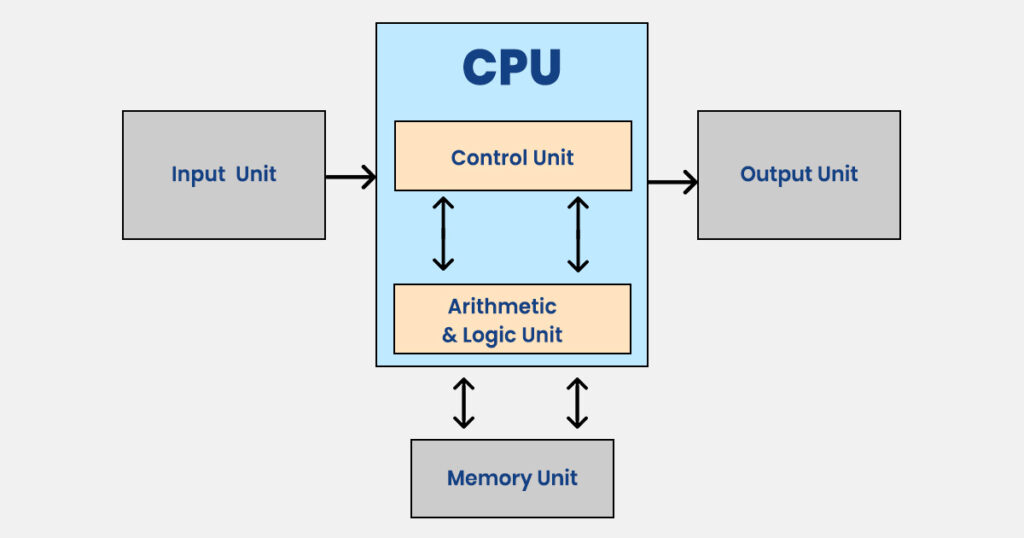
CPU itself has the following three components.
- Memory or Storage Unit
- Control Unit
- ALU(Arithmetic Logic Unit)
Memory or Storage Unit
This component has storage space for instructions, data, and interim outcomes. When necessary, this device provides data to the computer’s other components. Random Access Memory (RAM) is another name for it. Other names are internal storage unit, main memory, primary storage, and RAM.
- Its size affects speed, power, and capability. Primary memory and secondary memory are two types of memories in the computer. The functions of the memory unit are −
- It stores all the data and the instructions required for processing.
- It stores intermediate results of processing.
- It stores the final results of processing before these results are released to an output device.
- All inputs and outputs are transmitted through the main memory.
Control Unit
This unit controls the operations of all parts of the computer but does not carry out any actual data processing operations.
The functions of this unit are −
- It is responsible for controlling the transfer of data and instructions among other units of a computer.
- It manages and coordinates all the units of the computer.
- It obtains the instructions from the memory, interprets them, and directs the operation of the computer.
- It communicates with Input/output devices for the transfer of data or results from storage.
- It does not process or store data.
ALU (Arithmetic Logic Unit)
This unit consists of two subsections namely,
- Arithmetic Section
The addition, subtraction, multiplication, and division operations are carried out in the arithmetic area. The above operations are used repeatedly to complete all complex operations.
- Logic Section
The logic section’s role is to carry out logic operations on data, including comparison, selection, matching, and merging.
Advantages of CPU:
- General-Purpose Computing: As CPUs are made for general-purpose computing, they are easily adaptable and are more flexible to handle various kinds of jobs and applications.
- Familiar Programming Model: Programmers or coders are well trained for writing code for CPU-based systems as it is widespread use in computer devices. Along with it, a sizable ecosystem of software is available to serve a wide range of applications.
- Economies of Scale: Lots of CPUs are made because they are used in many gadgets. This lowers costs and makes hardware more available at fair prices.
- Faster in many contexts: CPUs are faster than GPUs when handling operations like data processing in RAM, I/O operations, and operating system administration.
- Hardware compatibility: CPUs are compatible with all types of motherboards and system designs, whereas GPUs require specialized hardware support.
- Cache memory: CPUs have huge amounts of local cache memory, which improves system performance and speeds up CPU speed by storing frequently used data close to the CPU.
What separates FPGA vs CPU?
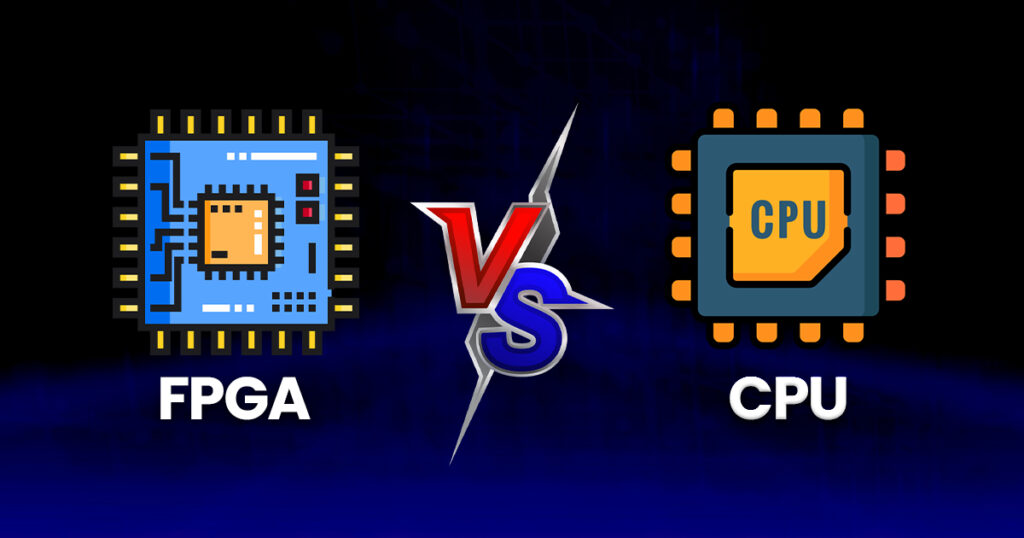
Complexity
- CPUs are usually more complex because the maker already sets the internal workings and methods. FPGAs, though, work a bit differently.
- In contrast, envision an FPGA as an empty sheet that owners can alter and personalize. They decide the intricacy of the design.
- FPGAs are simpler to grasp and adjust if needed. In terms of complexity, they’re a bit lighter.
Time Critical Processing
- CPUs often face constraints and adversely, aren’t the best for vital time-focused tasks, especially if the tasks exceed their abilities.
- Even when tasked with other intense jobs, FPGAs can manage intricate, time-important jobs with ease.
Performance
- Similar results are seen from CPUs in these applications, but the FPGA performs noticeably better. The benefits of CPUs are still compelling, though.
- FPGA-based systems can optimize conventional system architectures in addition to CPU-based systems by choosing the best hardware for a task. An FPGA-based system can run three kernels at once, each with a unique calculated pipeline.
- A CPU-based system, for example, might not be able to manage several threads of concurrent code, but an FPGA-based system can support thousands of threads simultaneously.
Energy efficiency
- In recent years, the energy economy of FPGAs and traditional CPUs has evolved into a crucial performance parameter.
- Every year, the problem and application size expand significantly, producing massive amounts of data processing. FPGAs provide a balance between programmability and energy efficiency.
- Low-power workloads are typical CPU applications that need floating-point performance. As a result, this CPU system uses just 225 Watts of electricity to complete the same activities.
Rapid prototyping
- Rapid prototyping with FPGA vs CPU will hasten the development of your product. This hybrid platform creates FPGA-based chips using a dual-FPGA setup.
- As a result, you can access CPU subsystems with ease and simulate complex scenarios more simply. Hybrid prototyping assists you in reducing the possibility of costly errors in addition to producing a realistic simulation, allowing you to concentrate on the crucial aspects of product development.
- The standard CPU, memory, and I/O array are used in an FPGA-based prototype. To communicate with the host, it additionally employs a host interface controller. SATA, NVMe, or serial-attached-SCSI are the methods this interface controller uses to connect to the host.
- Numerous ideas in this paper apply to different FPGA applications. A prototype, for instance, may imitate a smartphone by combining numerous Xilinx VU440 FPGAs. An FPGA-based prototype can combine real-world connection and performance in addition to the HAPS-80 system.
Price
- The following statement should be carefully considered because both CPUs and FPGAs have various sizes and speeds, making this a complicated topic. CPUs typically cost less than FPGAs.
Comparative Table of FPGA VS CPU
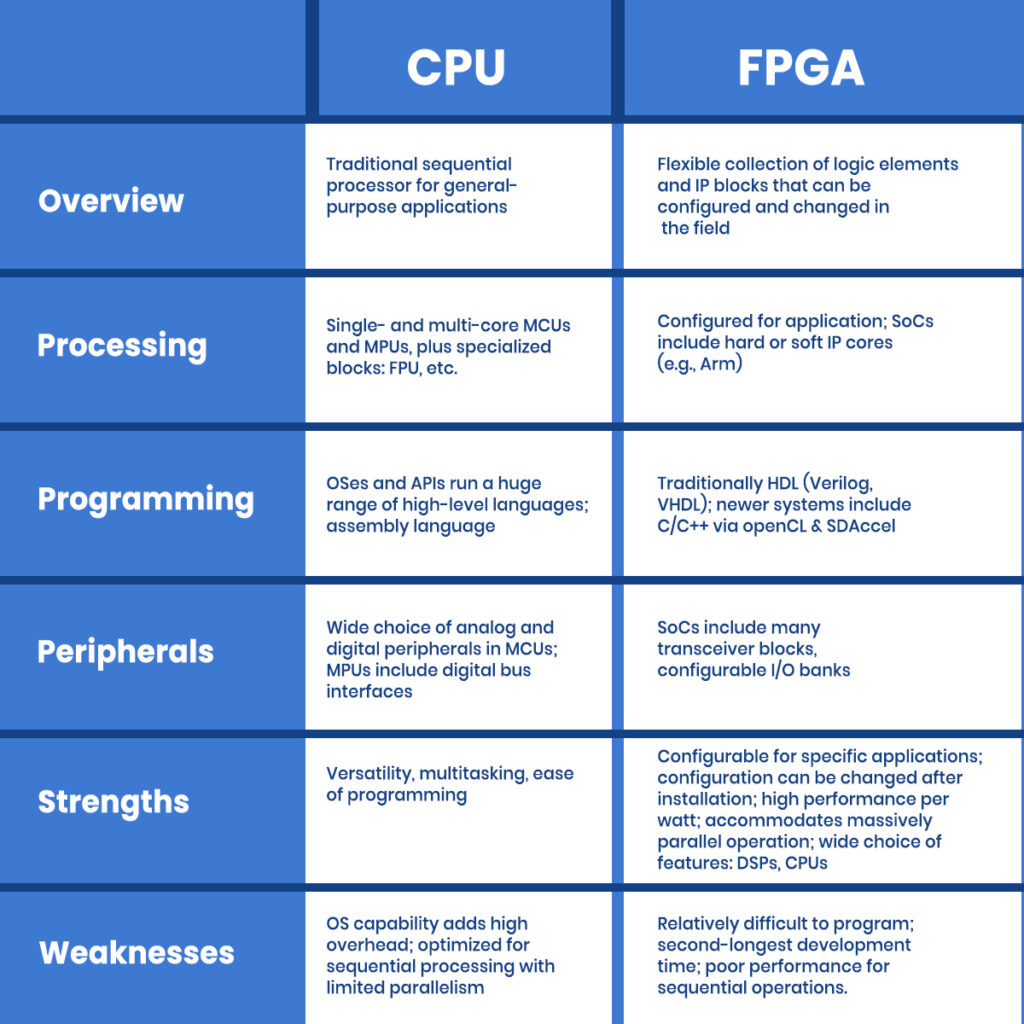
Future Trends and Synergies
Both FPGA vs CPU technologies are improving to satisfy the constantly increasing demands of modern computing as technology advances at a rapid rate.
Future trends and potential connections between these two processing paradigms are worth investigating, including the following.
Hybrid Approaches:
- The emergence of hybrid strategies that incorporate the benefits of both FPGAs and CPUs is an intriguing trend. Performance and power efficiency can be increased by combining FPGA fabric with conventional CPU cores on a single chip (a process known as heterogeneous computing).
- Through this integration, specialized tasks can be delegated to the FPGA, which specializes in parallel processing, leaving the CPU to handle general-purpose computing.
- Applications like artificial intelligence, machine learning, and data analytics can all benefit greatly from this synergy.
Emergence of FPGA-as-a-Service (FaaS):
- FPGA-as-a-Service (FaaS) platforms are anticipated to grow in popularity as FPGAs become more widely available and cloud computing continues to gain popularity.
- These systems enable customers to lease FPGA resources in the cloud, opening up FPGA-based acceleration to more people without the requirement for initial hardware investment.
- By democratizing access to FPGA technology, FaaS creates new opportunities for researchers and developers to investigate and improve FPGA-based solutions.
Increased FPGA Abstraction:
- FPGA abstraction levels are being raised to boost developer accessibility to FPGA development. Developers may program FPGAs using well-known high-level programming languages like C or C++ thanks to tools for high-level synthesis (HLS).
- The complexity of FPGA programming is decreased, the length of the development cycle is shortened, and software programmers are now able to take advantage of FPGA capabilities without having extensive hardware knowledge.
FPGA-Based Edge Computing:
- Edge computing is getting popular. Why? It reduces latency and bandwidth needs by processing data nearer to its source
- FPGAs are good for edge computing. They can do fast, high-quality calculations, in real time
- We expect FPGAs to play major roles in various edge devices, such as IoT devices, self-driving cars, and industrial applications.
Conclusion
At the end of the blog, the differences between FPGAs and CPUs stand out. FPGAs excel in aspects like parallel processing, adaptability, and real-time performance, great for specialized tasks needing a lot of data processing fast. Yet, the ease of programming, many uses, and broad software support of CPUs make them practical for many applications.
What’s exciting is looking toward the future of computing. A fusion of FPGA vs CPU features is likely, as well as thrilling new findings. High-speed computing might be transformed using mixed methods that merge the strengths of both. This aids in better use of resources and power savings.
In conclusion, both FPGA vs CPU have a special place in the processing power spectrum. As we move on from this conversation, keep an eye out for the fascinating new developments that will surely influence computers in the future. There are countless options, and technological advancements never really stop.




